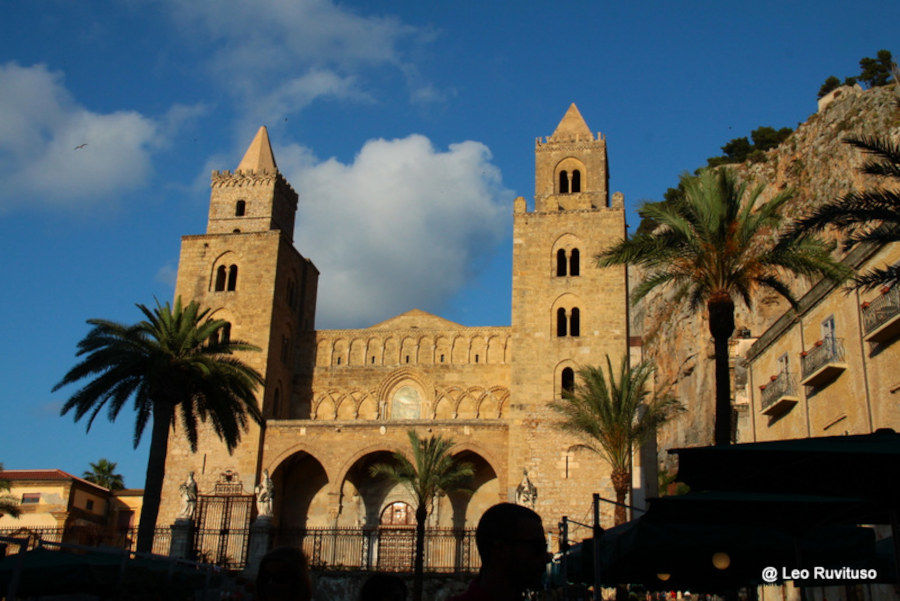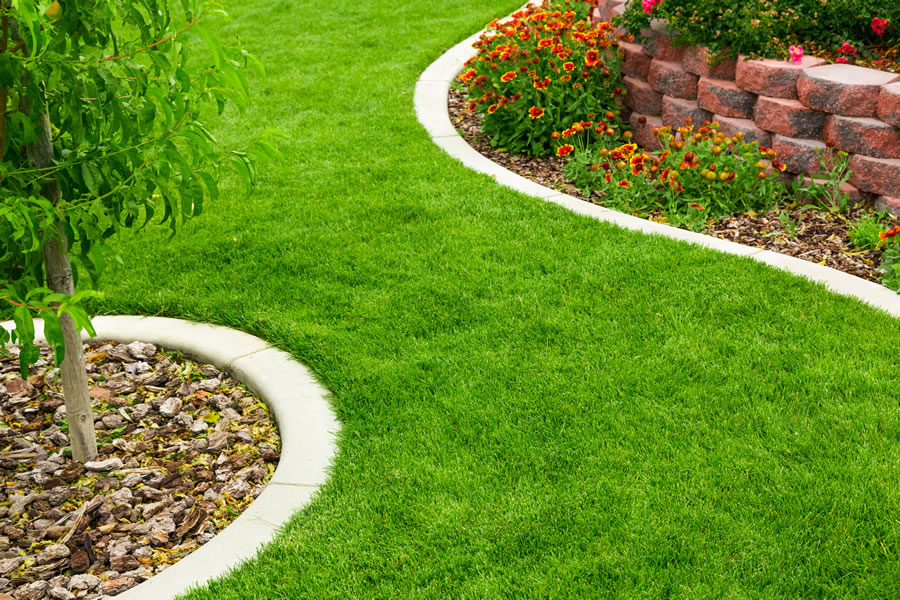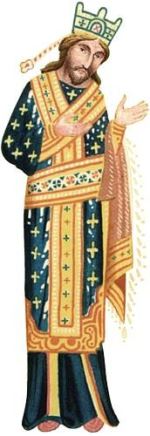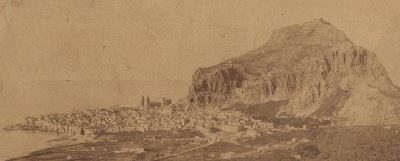Cefalù

The welcoming Norman town of Cefalù best combines the needs of visitors for relaxation and knowledge, offering a wide choice of monuments, panoramas and places to visit.
The small charming historic center will amaze you with its small alleys, its characteristic churches and the majestic Arab-Norman cathedral, a Unesco heritage site.
The testimonies of history will surround you, from the megalithic walls, to the medieval wash house, to the Jewish quarter of Giudecca, to the small port, to the jewel of the Teatro Comunale Salvatore Cicero.
The seafront will offer you a splendid panoramic walk, and it will be possible to choose between equipped and free beaches, sandy or with rocks, just a few steps from the centre.
Cefalù is also rich in various proposals that will allow you to spend your stay among quality sporting, recreational and cultural proposals.
The numerous clubs and restaurants will offer local foods, fish and traditional recipes; but there are also pubs and takeaways.
There are two cinemas, one of which, on Corso Ruggero, dating back to 1909, offers reviews and meetings with authors and personalities from the world of culture at a national level.
For the patronal feast of the ss. Salvatore, on the 6th of August, you will be immersed in tradition admiring the procession, tasting the typical "pasta a taiano" and enjoying the centenary fishermen's event of the "'ntinna a mari" and the fireworks.
Sports lovers will be able to experience the equipped sports area on the seafront or diving, surfing and other water sports during the summer.
For those who want to discover some unmissable surroundings, we recommend a trip to the nearby Calura beach, with a view of the marvelous Saracen tower, or to the stony beach of Mazzaforno.
Furthermore, in the nearby district of Gibilmanna, you can visit the Sanctuary with the statue of the Madonna del Gagini, and enjoy an unforgettable stroll through the woods.
Furthermore, a few km from Cefalù, there are several interesting small villages, such as Castelbuono and some villages in the Madonie, such as Gangi and Petralia: in the territory of the latter, the adventure park offers fun for young and old among tall trees and nature.
Furthermore, in the territory of San Mauro, there are the Gole di Tiberio, a rocky environment that can be visited by raft along the Pollina River, with the possibility of stopping for a swim together with frogs and other aquatic animals.





